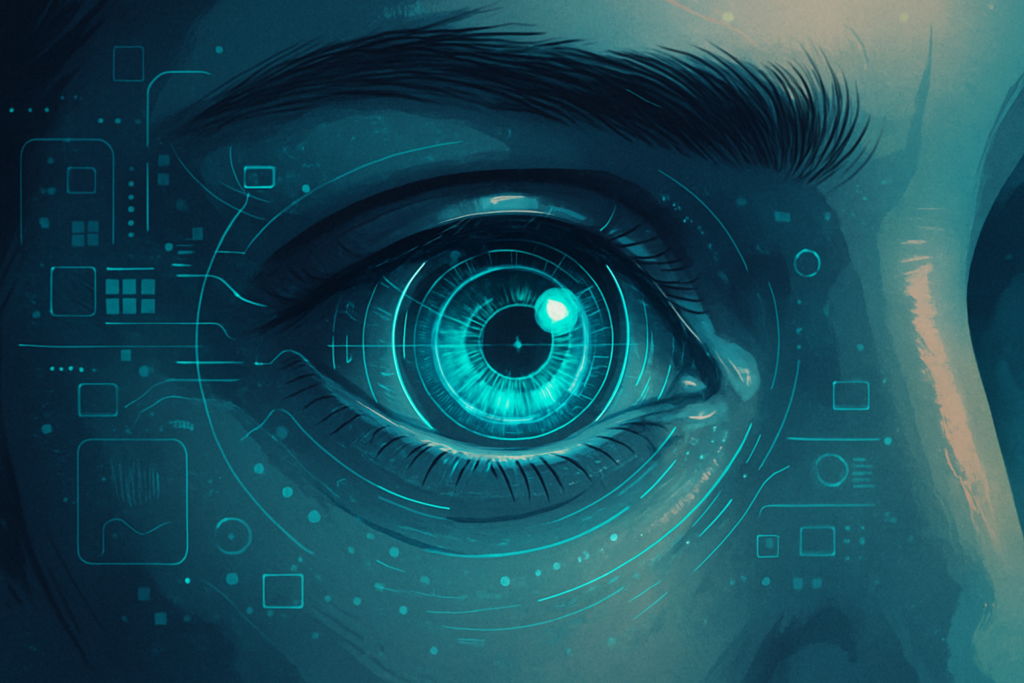Fun fact: If you have a pacemaker, a cochlear implant, or even a Fitbit, you’re technically a cyborg.
Sounds like science fiction? It’s not. Welcome to the era where machines aren’t just helping us—they’re becoming part of us. In the 21st century, the line between biology and technology is blurring faster than we ever imagined. From robotic limbs to neural implants, we are entering an age where “healing” means hardwiring ourselves to the machine.
This is not just a medical revolution—it’s a redefinition of what it means to be human.
The Rise of the Everyday Cyborg
Let’s start with a reality check: we are already integrating machines into our bodies, often without realising it. Consider the following:
Pacemakers are tiny devices implanted in the chest to control abnormal heart rhythms. They’ve saved millions of lives.
Cochlear implants restore hearing by directly stimulating the auditory nerve.
Continuous glucose monitors worn by diabetics provide real-time updates and even communicate with insulin pumps.
These aren’t speculative technologies—they are already changing lives across India and the world. And they’re just the beginning.
The Bionic Revolution: Where Biology Meets Robotics
Cyborgs aren’t just people with chips in their bodies. They are individuals enhanced by machines, often in ways that restore or extend biological function. Meet a few examples from the bleeding edge:
Robotic Prosthetics that Feel
Modern prosthetic limbs don’t just move—they sense. Take the LUKE Arm (developed by DEKA Research and Development Corp, a biomedical tech company)—it allows wearers to control the limb using electrical signals from the muscles and even feel pressure through sensors. In India, organisations like Jaipur Foot have been integrating tech into prosthetics to improve affordability and accessibility.
Brain-Computer Interfaces (BCIs)
Companies like Neuralink (co-founded by Elon Musk, focused on creating ultra-high bandwidth connections between brains and computers) are working on implants that may one day allow humans to control devices purely through thought. But they’re not alone—Synchron, a U.S.-based neurotechnology company, has already tested a BCI that helps paralyzed patients type messages with their brainwaves.
Artificial Organs
Need a new heart valve? Companies like Medtronic (a medical device giant) manufacture artificial heart valves and stents that are routinely implanted in Indian hospitals. The artificial pancreas, under trial, could revolutionise diabetes management. 3D-printed organs are also on the horizon.
India’s Leap into Medical Machines
India may not be building sci-fi exoskeletons on a mass scale yet, but the country is seeing a rapid rise in med-tech innovations:
Remidio, a Bangalore-based startup, is developing portable eye-scanning devices integrated with smartphones.
Tricog Health, using AI and cloud technology, is enabling rural clinics to access real-time cardiology diagnoses.
Mynvax, a biotech firm incubated at the Indian Institute of Science (IISc), is researching heat-tolerant vaccines using bioengineering tools.
This ecosystem is quietly transforming both urban hospitals and rural clinics, creating what might be called a “cyborg care” infrastructure.

Ethics on the Operating Table
But not all that glitters is surgical steel. The merging of man and machine raises uncomfortable questions.
Are We Still Fully Human?
When machines become part of our identity, what does it mean to be human? If a person’s memory is enhanced by a neural chip, do they have an unfair advantage in a job interview? If a soldier uses a robotic exoskeleton, is that ethical in war?
Who Gets to Be Upgraded?
Access remains a huge concern. Many of these technologies are expensive. In India, where healthcare inequality is already a challenge, will only the rich become “better, faster, stronger”? The danger of creating a two-tiered human society—enhanced vs. unenhanced—is real.
Data and Control
Wearables like smartwatches constantly collect health data. Neural implants and BCIs will go further. Who owns that data? Could it be hacked? Could it be manipulated? These questions remain unresolved—and urgent.
The Cyborgs Among Us: Real Stories
The Man Who Sees Sound
Neil Harbisson, born with colour blindness, has an antenna implanted in his skull that translates colours into sound frequencies. He calls himself the world’s first legally recognised cyborg. He doesn’t just wear tech—he is tech.
The Indian Soldier with a Bionic Leg
In 2023, a para-commando injured in an IED blast was fitted with a sensor-enabled prosthetic limb from Ottobock India (a subsidiary of the German company known for advanced mobility solutions). He can now walk, run, and even climb, controlled by muscle signals and gyroscopic sensors.
The Future: From Repair to Enhancement
Until now, most medical machines have focused on restoration—helping the blind see, the deaf hear, the paralysed walk. But the next wave is about enhancement.
Exoskeletons to help construction workers lift loads or soldiers carry more gear.
Memory chips that might boost cognitive functions.
Smart contact lenses that display real-time data.
This is no longer about fixing broken parts. It’s about upgrading the human experience.
Conclusion: The New Normal Is Wired
We’re all cyborgs now—just at different stages. Some of us carry phones that act as external brains. Others live with devices that literally keep them alive. Whether implanted, worn, or carried, our technology is no longer separate from us. It’s part of us.
As medicine and machines merge, the challenge will be to ensure that this future is ethical, inclusive, and humane.
So next time you glance at your smartwatch, remember: the age of the cyborg isn’t coming. It’s already here.
Author’s Note
As a writer fascinated by the future of humanity, I believe the cyborg revolution is not about metal arms or glowing eyes—it’s about human hope and machine precision coming together. But we must stay vigilant about who gets to benefit from these miracles and who gets left behind.
G.C., Ecosociosphere contributor.
References and Further Reading
- Neuralink Official Website
- World Economic Forum on BCI Ethics
- Medtronic India
- Tricog Health
- Jaipur Foot




